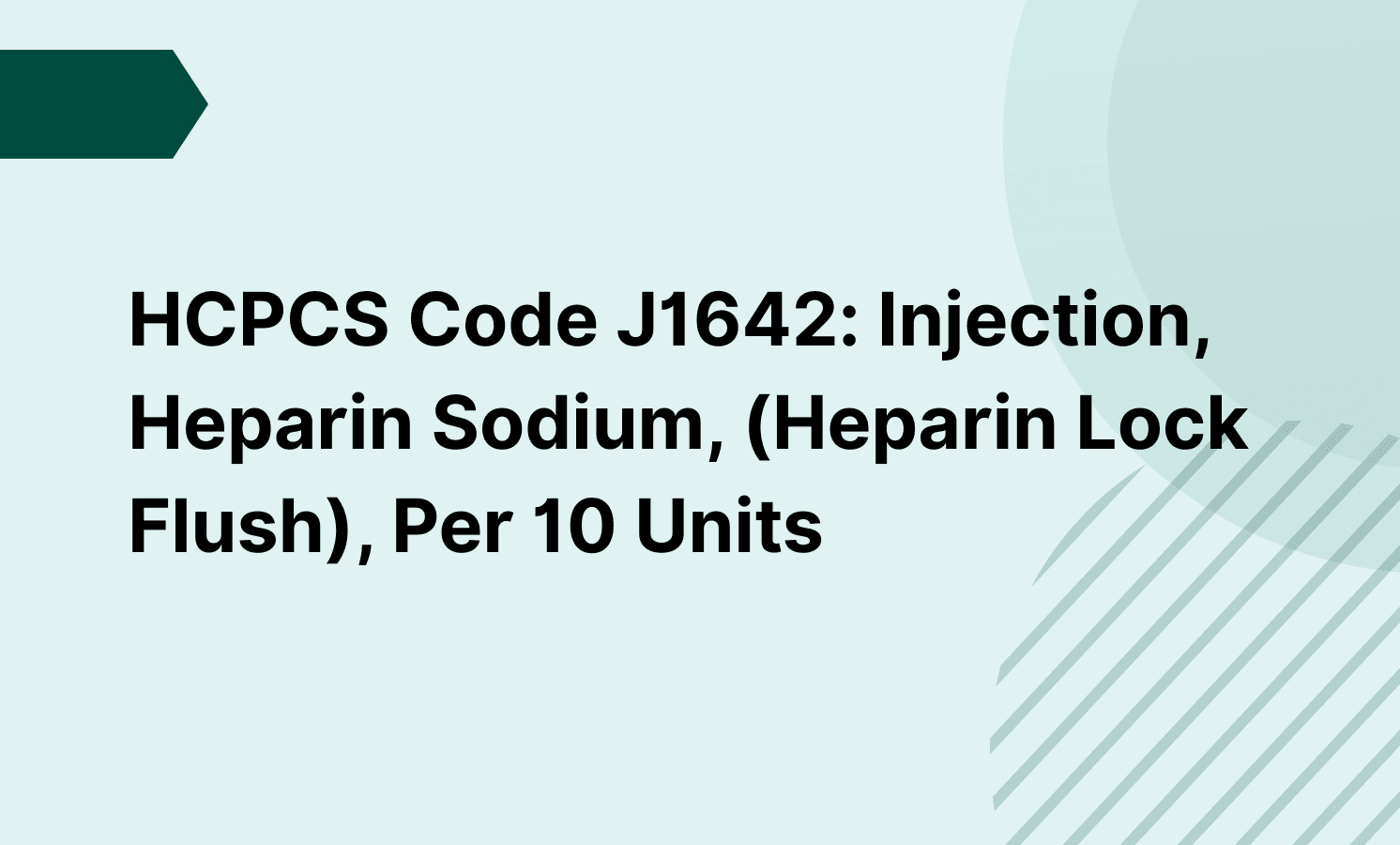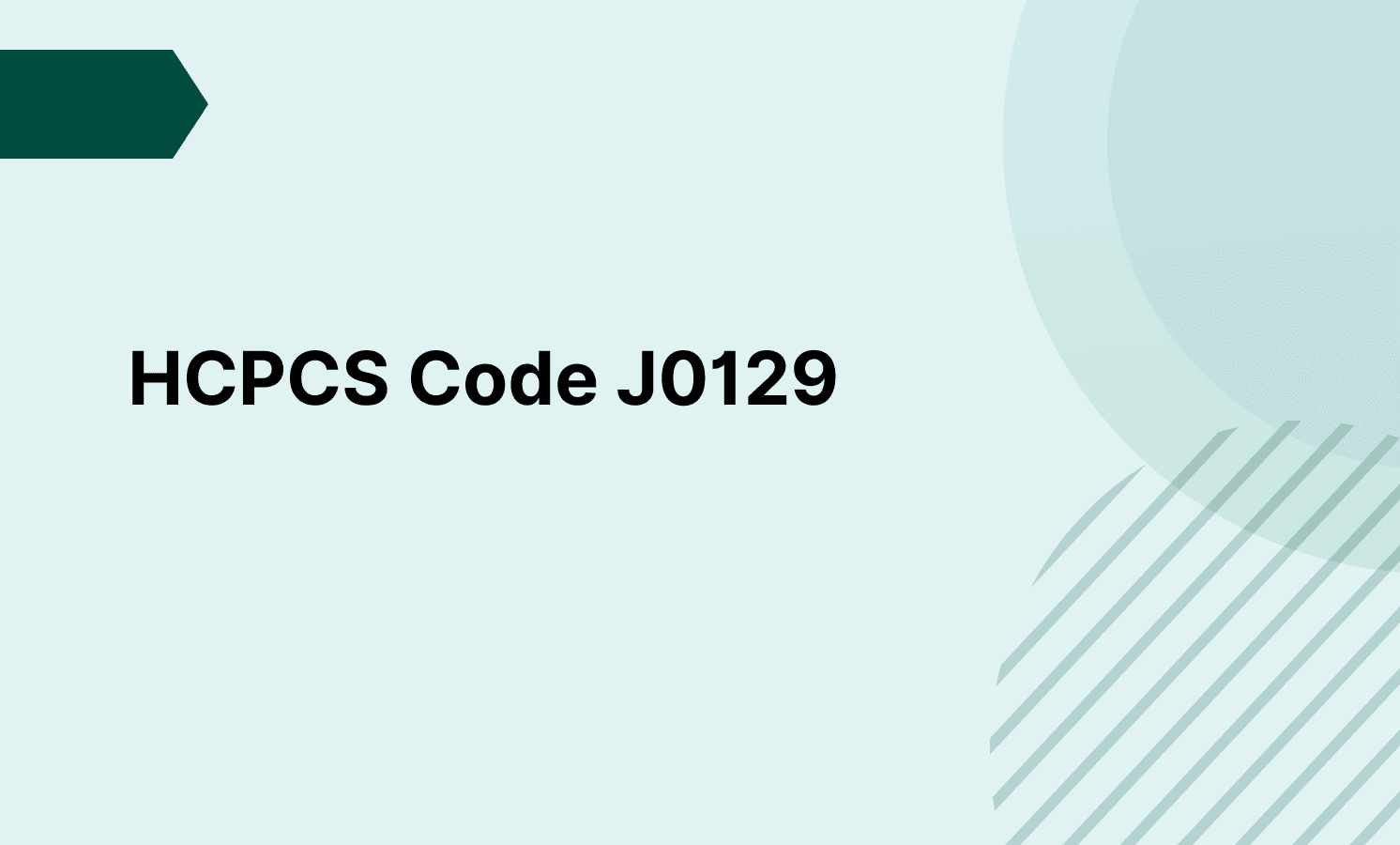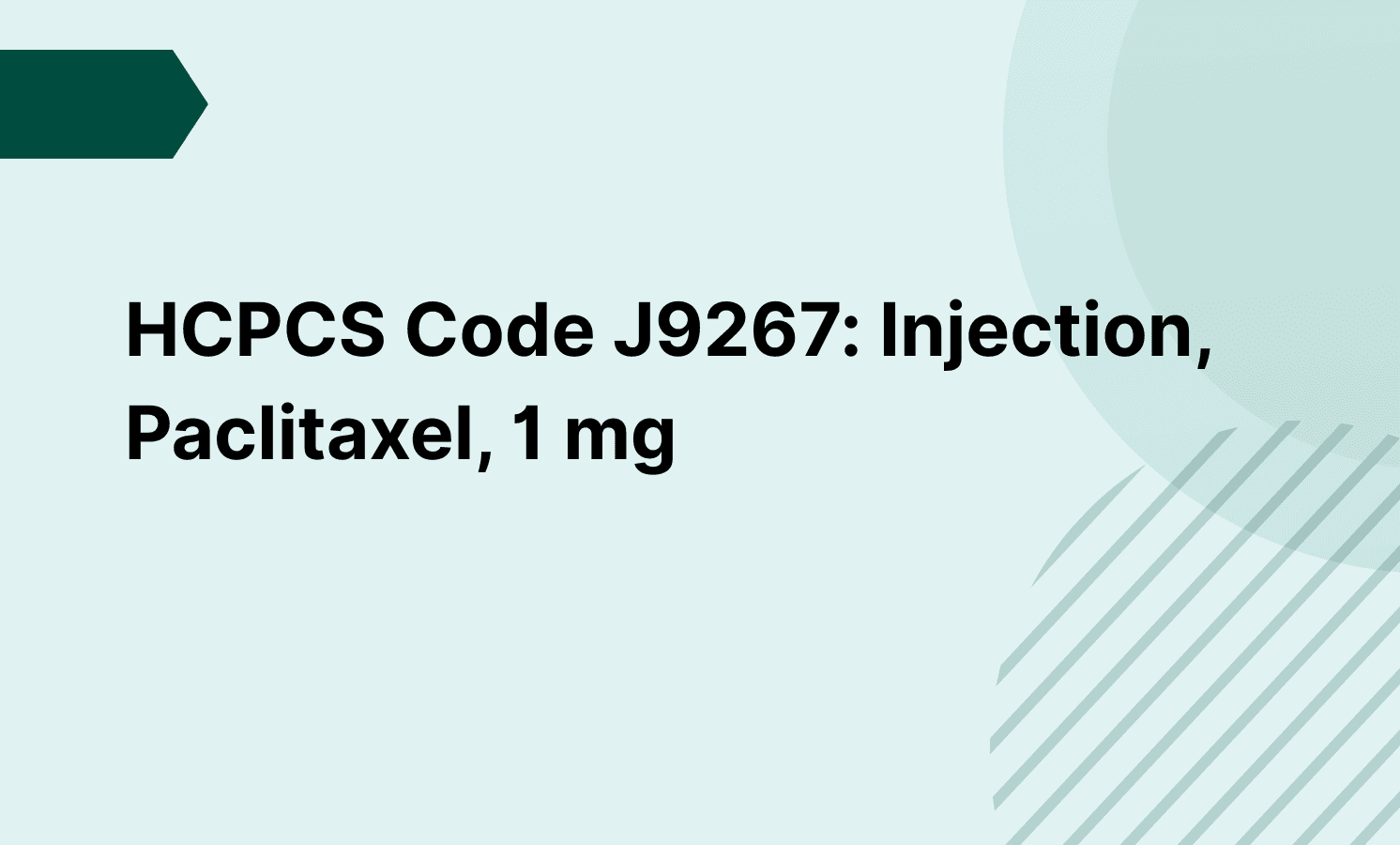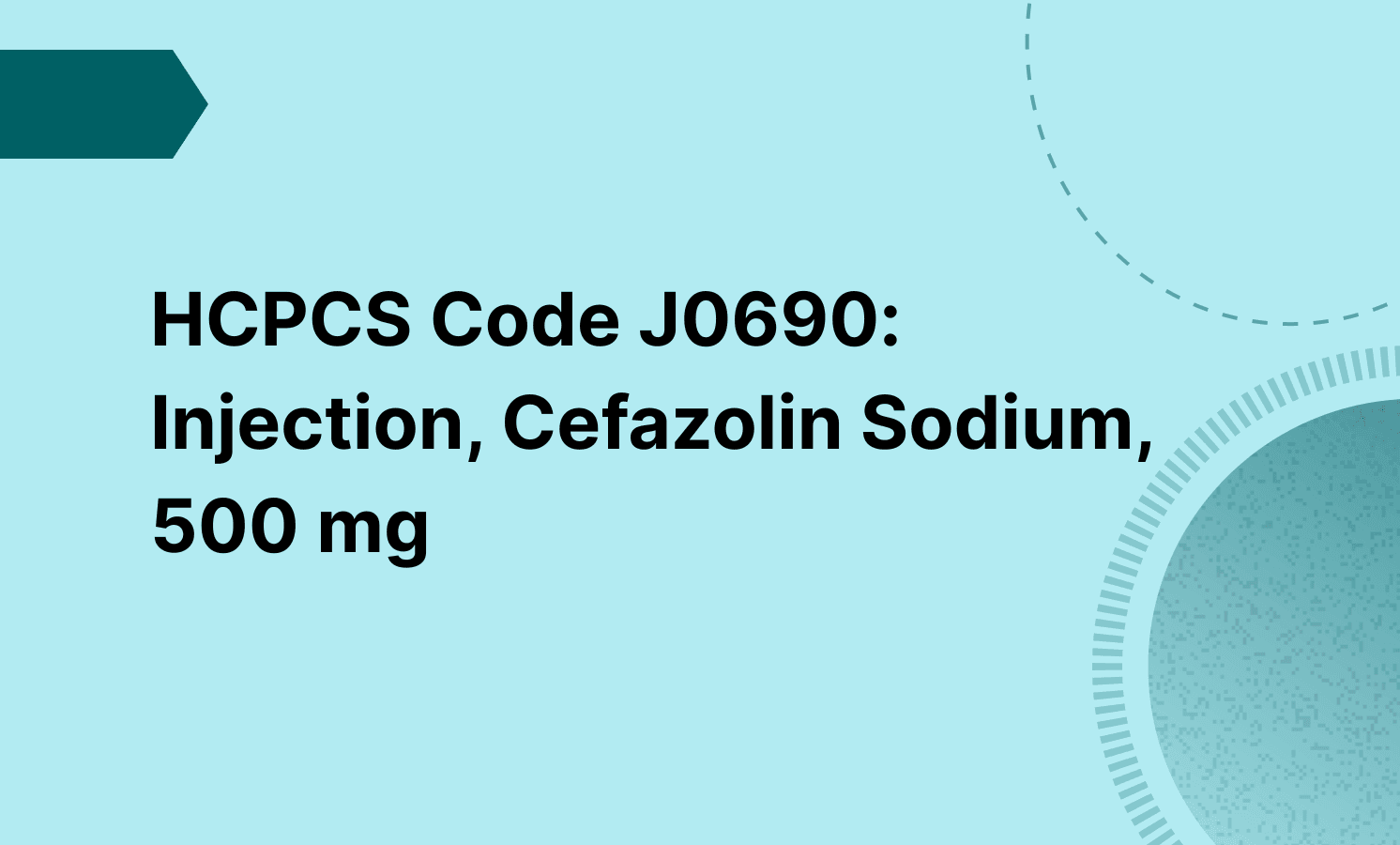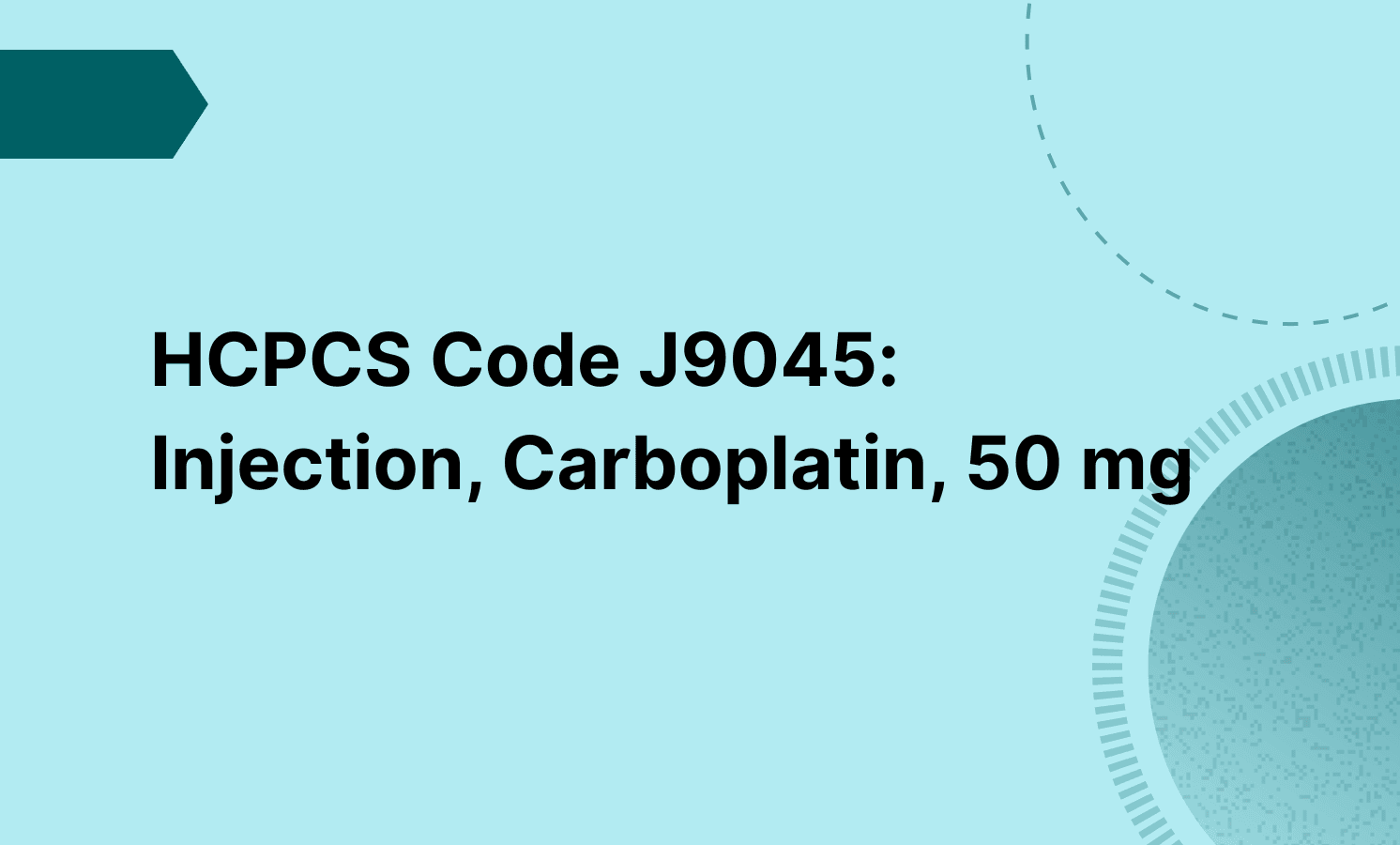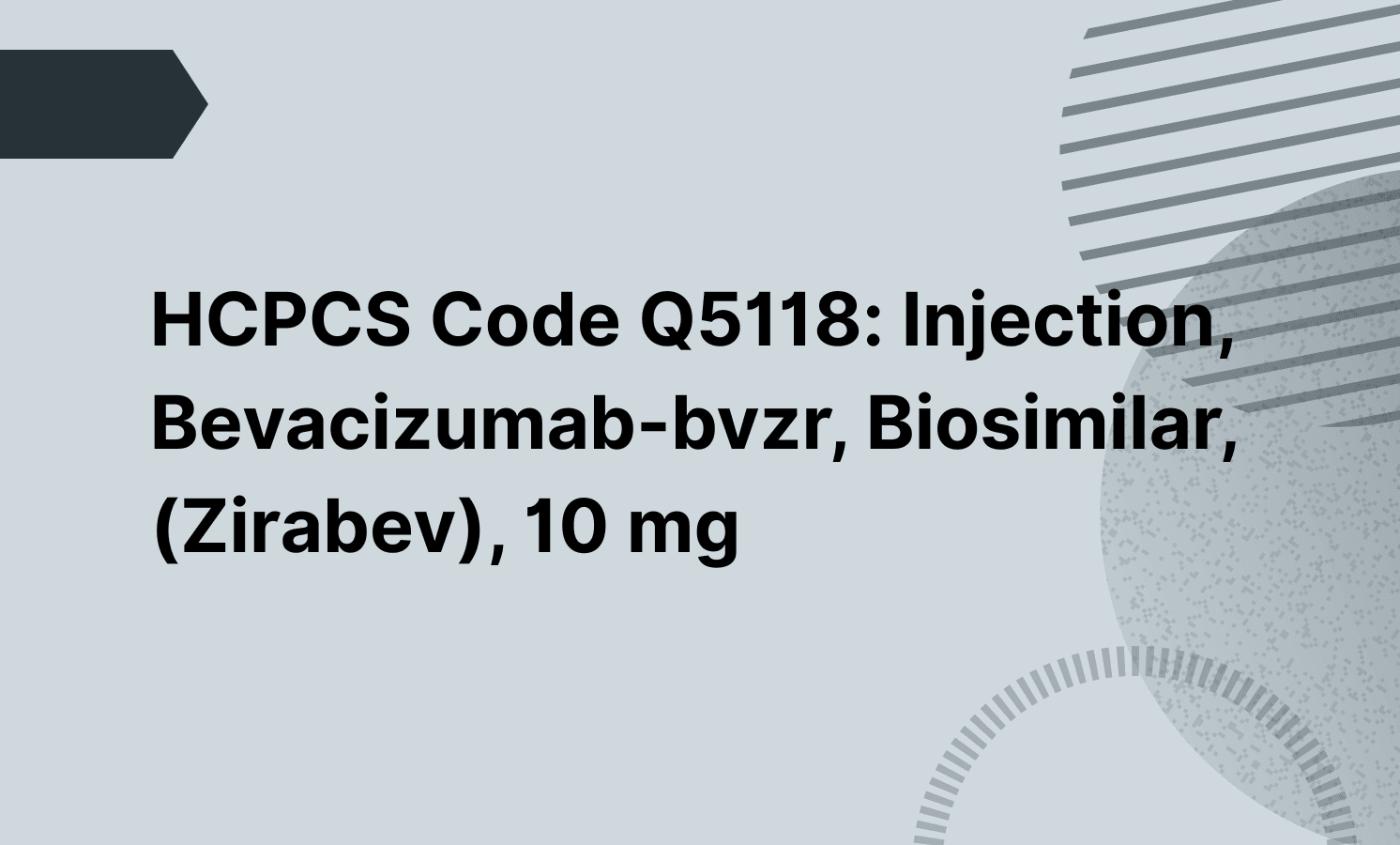CPT code 93000 is an EKG code used for a diagnostic test that includes both the technical component (electrocardiogram tracing) and the physician’s interpretation and report. It is commonly performed to evaluate heart rhythm and detect abnormalities, supporting accurate billing when medically necessary.
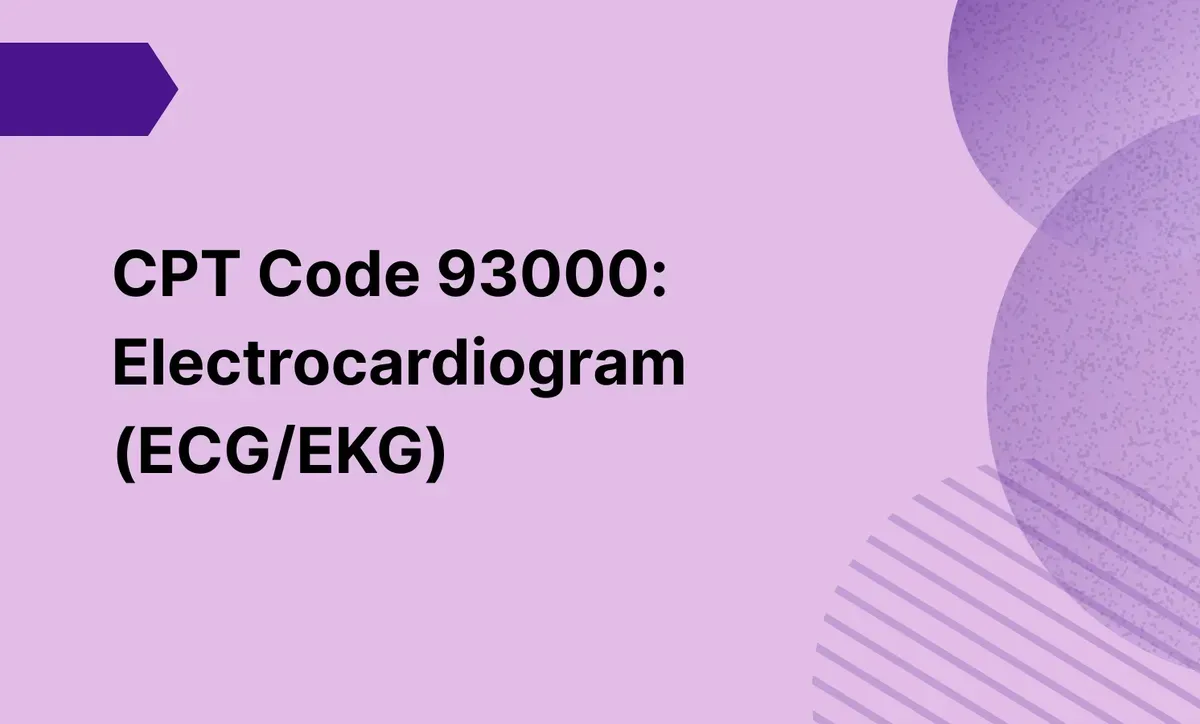
CPT Code 93000: Electrocardiogram (ECG/EKG)
Read about CPT code 93000, a routine 12-lead ECG that includes tracing and interpretation to evaluate heart rhythm and detect cardiac issues.
Frequently asked questions
CPT 93000 includes both the ECG recording and interpretation, while 93010 covers only the interpretation—not the tracing, only the technical component. Providers should select the appropriate code based on the portion of the diagnostic test performed to ensure accurate billing and correct use of related codes.
The CPT code for abdominal artery ligation is 37617. This procedure involves surgically tying off an artery in the abdominal region and is classified separately from cardiovascular diagnostic tests like ECGs or EKG codes.
EHR and practice management software
Get started for free
*No credit card required
Free
$0/usd
Unlimited clients
Telehealth
1GB of storage
Client portal text
Automated billing and online payments

